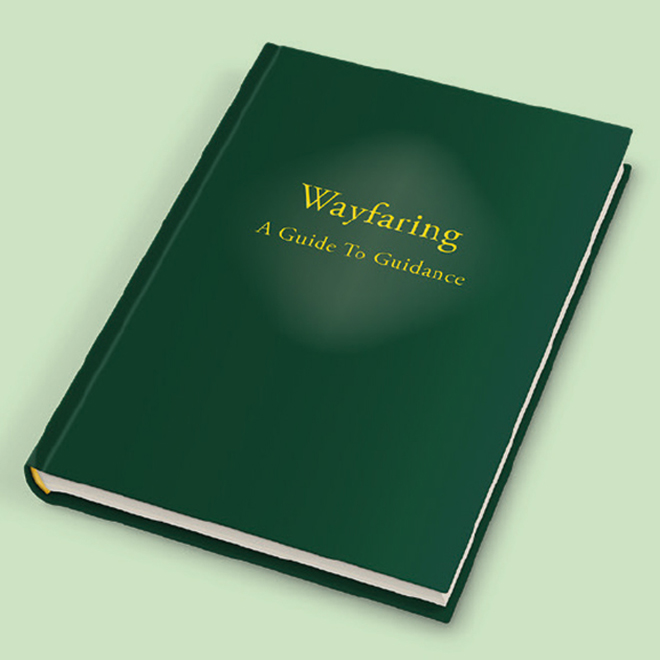'I think there is a strong case to be made for using more of our limited central resources to bring Friends together.' Photo: Alice Gu on Unsplash
Body building: Linda Murgatroyd has a personal take on Quaker structures
‘It is largely through working together that we build our community.’
At Yearly Meeting we were asked to consider our Quaker structures. We looked at Meeting for Sufferings (MfS), trustees, central committees, and Yearly Meeting itself. But in the sessions designated for discernment on these topics, it was striking that most of the ministry from the floor was not about structures. It was instead concerned with processes: inclusion, communication, consultation and so on. This prompted me to some thoughts: if we were to look at these processes, along with other elements of our decision making, it might be that we would discover some new ways to energise Friends, and enable more of us to be involved. We might find some options to complement the decision-making structures that are necessary for an orderly organisation.
